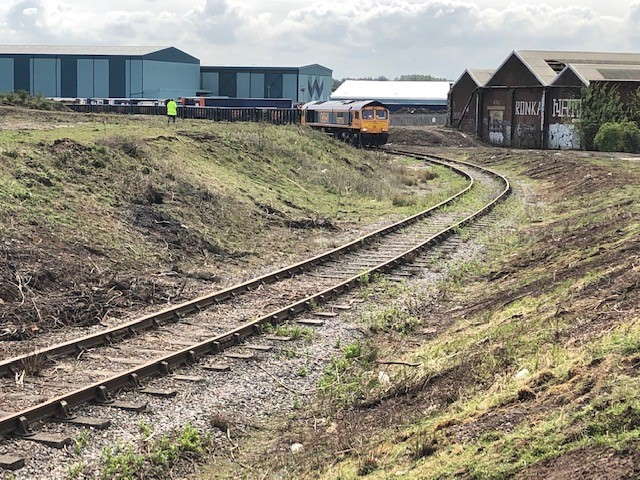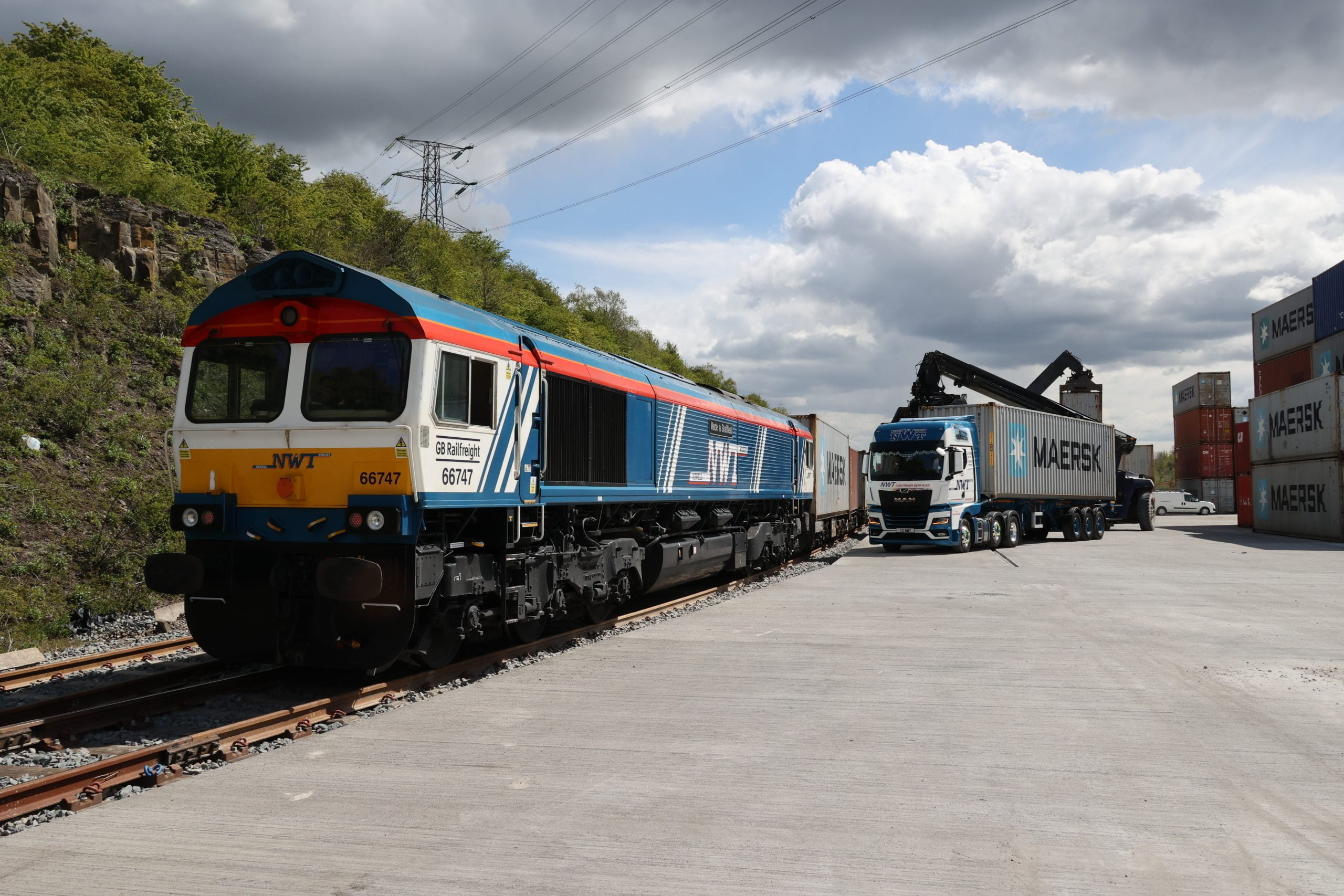Following analysis of data, Network Rail has announced that rail freight traffic across their Eastern Region has seen a rise.
With the UK being eased out of COVID-19 restrictions, more freight trains are being operated now than the months before COVID-19 on the Eastern Region of Network Rail.
The Eastern Region covers a large proportion of the UK, such as the East Coast Mainline between London King’s Cross and Edinburgh Waverley, East Midlands, Lincolnshire, Yorkshire and the North East.
The increase was by 79 train movements from 4,760 to 4,839 between the two periods, and although only seeming a small increase, there are big benefits for the UK.
This includes sustainability and reducing emissions, as one freight train takes 76 Heavy Goods Vehicles (HGVs) off the road.
Key services behind the increase include:
- Ilkeston to Immingham – potential new deal to see scrap metal from Ward Recycling to go via rail, trial services are currently being operated
- Sunderland Docks – scrap metal service with 10 trains planned to run each month, thanks to the reopening of the route which connects the Sunderland Docks with Rotherham and Cardiff
- Barking to Scunthorpe – transport of 350,000 tonnes from Biffa’s waste management specialists new £4.2 million facility to a landfill site at Roxby Gullet, Scunthorpe
- Sheffield – Newell and Wright Transport, transport specialists, are redeveloping a rail marshalling yard at Tinsley, near Sheffield, into a fully functional intermodal cargo terminal

Senior Route Freight Manager for Network Rail, Kevin Newman said: “The figures and these important recent developments highlight the vital role that freight has played in the country’s response to the COVID pandemic and how important it is to the recovery of the economy.
“We’ve seen an increase in demand across the iron and steel sectors and we are working closely with freight operators and the wider rail industry to make sure materials can be transported to where they are needed. Reopening routes, expanding services and gaining new freight end customers , as well as running longer, heavier trains, is helping to get more HGVs off the road and more freight onto the railway.”
Where Next?
RAILADVENT NEWS
The latest railway news
RailAdvent Plus
Railway Discounts, videos, pictures and more!
FREE NEWSLETTERS
Signup to our daily and weekly newsletters
RAILADVENT SHOP
Railway Prints, DVD’s / Blu-Ray’s, books and more
LOCOSTOP COMMUNITY
Come and share your railway pictures
UK STEAM INFO
Upcoming mainline steam tours/loco movements
NETWORK RAIL
Visit their website





Responses
Rail versus trucks.
The train spotters joy is only temporary as any real person knows ‘
Only trucks can deliver to the corrupt destination and not left in sidings due to the inefficient rail network. Add to this the unions dictate when they will work or stay home and do nothing.
Trucks rule and the only thing trains are any good for is nothing.
I think you’ll find that electric freight trains are the way forward now ! With the severe shortage of truck drivers (made worse by Covid/Brexit) and environmental concerns we have no choice and it’s what the public wants! The problems you highlight can be solved easily! (Electric?)Trucks will only used for the final leg from rail terminal to customer !
This is Great News for GBRf well done 👏 less HGV traffic less air pollution less Hospital admissions.
Get a life, 95 % of goods are moved by truck. Without trucks the country would starve.